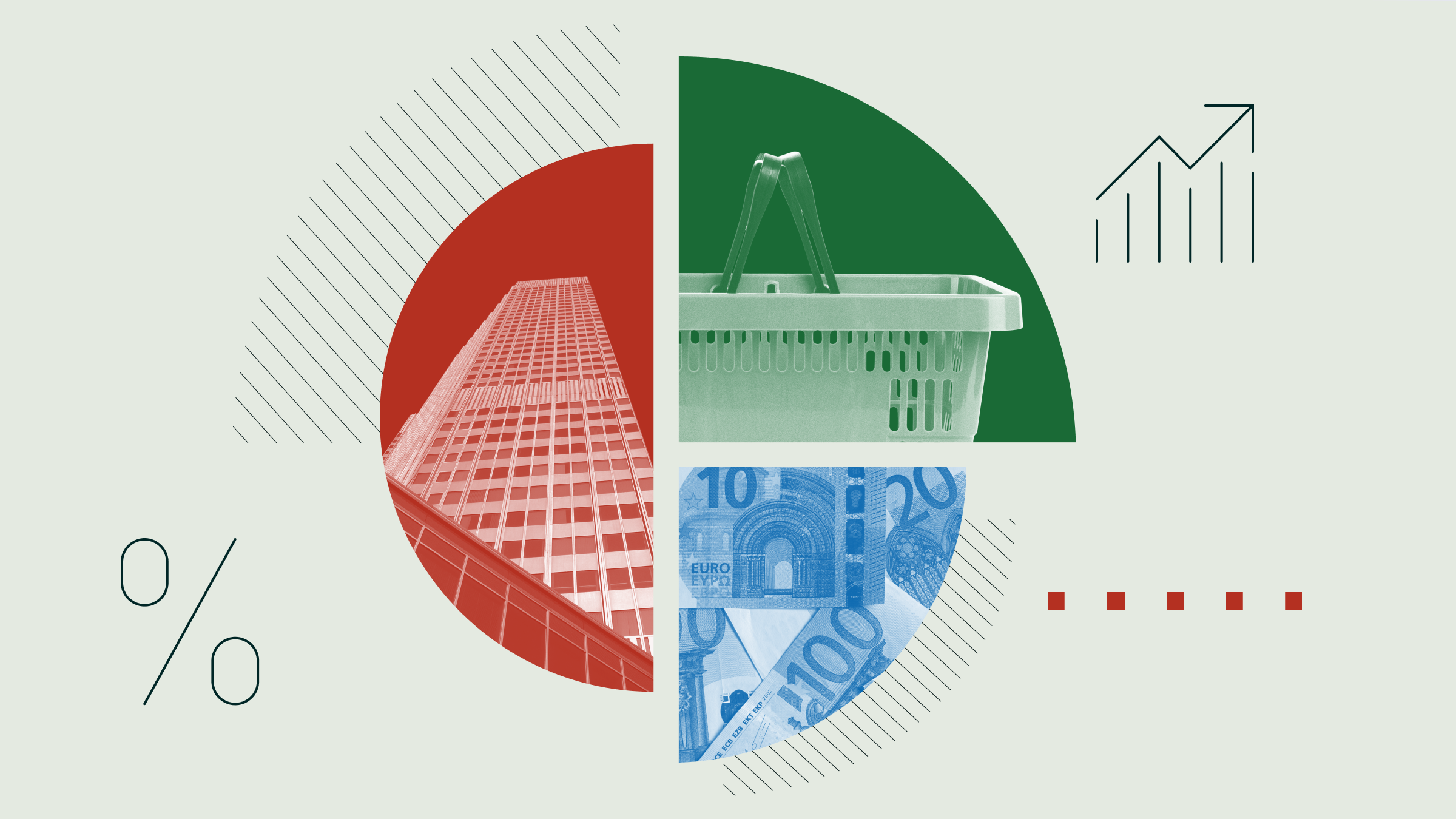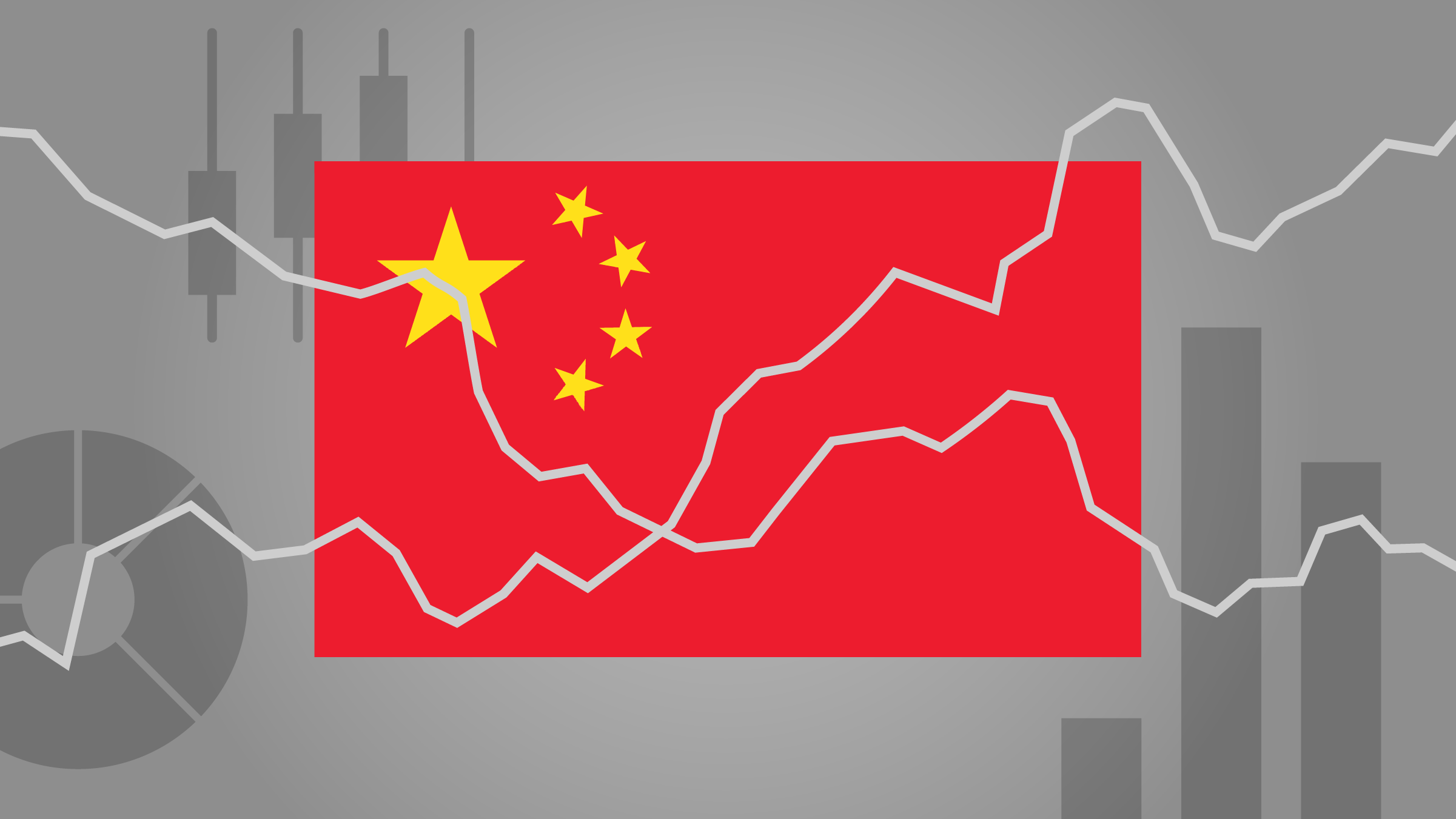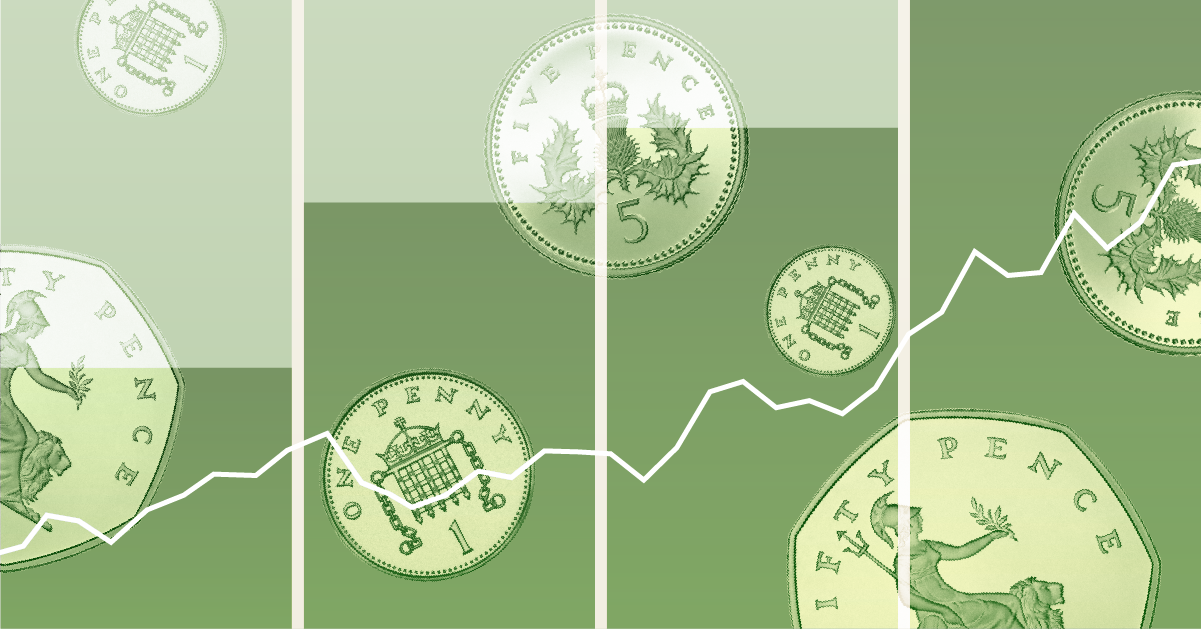
The first half of 2022 has undoubtedly been one of the most challenging periods in global markets since the global financial crisis (GFC) over a decade ago. Yet emerging markets have proven relatively resilient in a volatile environment.
The emphatic market and economic recovery from the nadir of Covid-19 lockdowns in 2020 has seen global supply chains strain to breaking point, leading to accelerating inflation underpinned by elevated commodity prices and scarcity of supply of vital electronic components.
In response to rising inflation expectations, global monetary policy expectations have shifted decisively, with the US Federal Reserve embarking on a tightening cycle in March.
More importantly, the market has dramatically revised upwards both the terminal rate and speed of getting there. The 0.75% increase at the June meeting alone underscores how sharply the Fed’s response function has shifted.
Of course, such a rapid increase in expectations of monetary policy tightening has come with concerns over growth and widespread predictions of a US recession. Equity markets have clearly been riled by this torrid backdrop, with the worst first half of the year for equities in half a century.
If these global crosscurrents were not enough, emerging markets have also been buffeted by their own specific set of issues.
Most visible has been the fallout from Russia’s military incursion into Ukraine, which has resulted in significant impacts to the supply (and therefore the price) of key commodities. The Russian equity market has been removed from the MSCI Emerging Markets Index. This combination of severe global macro headwinds and emerging market-specific burdens represents one of the most challenging backdrops for emerging markets’ relative performance in decades.
Strong Dollar, Higher Rates
And yet it is remarkable that at the halfway point of the year, emerging markets have outperformed their developed market counterparts − a highly unusual outcome in downward trending, volatile markets.
Indeed, as markets sold off even more aggressively in the second quarter, emerging markets’ outperformance increased, with MSCI Emerging Markets falling 12.3% against MSCI World’s drop of 16.6%. Whilst this is still a painful absolute return, it should be reiterated how unusual it is for emerging markets to prove more defensive than developed markets in such periods of market turmoil.
Moreover, MSCI China eked out a positive return in the second quarter − and remains the only major market that has not undercut the lows of the March sell-off (for comparison, the S&P 500 index currently sits about 10% below the March lows). The relative strength of the Chinese market is most starkly revealed when comparing the performance of Alibaba (China’s e-commerce giant) with that of Amazon: the former has posted a positive return and has outperformed the latter by 40% in the second quarter.
What explains the (comparative) resilience of emerging markets? Given the sharp increase in volatility and severe negative market returns, ordinarily, emerging markets would be expected to fare considerably worse − especially in an environment in which the dollar has been extremely strong alongside sharply higher interest rates. The answer comes in several parts but what is most instructive is the relative starting points for emerging and developed markets going into the start of this year.
Green Shoots
Developed markets have ridden high for a decade on cheap money and negative real interest rates, with valuations reaching extreme levels. Meanwhile, the MSCI Emerging Markets Index sits at similar levels to where it was in 2007. Quantitative easing has famously been hard on emerging markets, with their equity markets largely having been bypassed by the bull market experienced in the developed world. But emerging markets have generally used this time productively, executing prudent policies and repairing their economies.
The taper tantrum of 2013 triggered shockwaves across unprepared emerging markets and embedded the term "fragile five" (Turkey, Brazil, India, South Africa and Indonesia) in our consciousness. Those markets found themselves on the wrong side of rapidly increasing interest rates. The dramatic increase in market rates we have seen in the past 18 months dwarfs those seen in that period, yet the vast majority of emerging markets have weathered this storm capably. A key factor in this preparedness has been emerging markets central banks’ willingness to get ahead of the curve and hike interest rates aggressively well before the US Federal Reserve started to move.
Therefore, while developed markets suffer the shock of moving from negative real (and even nominal) rates to sharply positive, many emerging markets are already close to the end of their tightening cycles. They have room to cut rates when inflationary pressures ease.
With market concerns over a potential US recession growing, the market is now looking to the second major engine of global growth − China − to provide some of the heavy lifting.
In this regard, the easing of Covid-19 restrictions in recent months, alongside a notable positive shift in rhetoric towards the technology and e-commerce platforms, is extremely welcome, with China once again operating somewhat counter-cyclically to the rest of the world.
It is true the zero-Covid policy remains in place and the green shoots of opening up could well be hindered by a renewed surge in cases, but there are also promising signs of a domestically-produced (and therefore politically acceptable) mRNA vaccine that could offer the exit strategy to the current policies that the economy desperately needs. A stabilising China is an extremely powerful positive force for emerging markets due to its significant weight in the asset class and its ability to boost regional growth.
Idiosyncratic Factors
But while China’s relative recovery has been the notable story of the second quarter, we should not forget the ongoing robust performance of that other emerging market powerhouse: India. Since the global market recovery began in April 2020, India has consistently outperformed both developed and emerging markets, driven by a combination of market-supportive policy and domestic cyclical recovery.
One of the Fragile Five a decade ago, India has demonstrated impressive resilience in the face of sequential macro shocks. Once considered one of the countries most vulnerable to higher oil prices, India has outperformed developed markets in a year when oil prices have hit nearly $140 per barrel and averaged over $100. India’s oil intensity per unit of growth has declined steadily in the past decade and successive policy reforms have effectively removed the subsidy regime that proved so costly to the government in previous periods of high prices.
The stringent fiscal policies under the Modi administration have also created a solid fiscal framework that is now paying dividends. The cyclical improvement in the economy remains strong, tax receipts are accelerating and the housing market continues its recovery from the doldrums with the potential to spark a wider private capex cycle. The March state elections − successful for the incumbent BJP − underscored the reality of unprecedented political stability and ensured that policy stability continues.
The mood is positive across the corporate spectrum and although inflation is an issue − as it is everywhere − it is an incremental move upwards in an economy used to running at 5-6% inflation rather than the dramatic shifts we have witnessed in the UK and US. Moreover, the one criticism levelled at the Indian market at the end of 2021 after a spectacular year of performance was that valuations were too extended. Yet as markets have corrected, the market P/E is now back to average levels.
While 2022 has presented an extremely challenging backdrop for emerging markets – one that on paper would have been expected to have seen significant underperformance for the asset class – the impressive resilience seen in key emerging markets in these conditions has been notable.
The two key emerging markets − China and India − continue to be driven by idiosyncratic factors. We believe that once global growth expectations settle, a key headwind for emerging markets will have been removed while valuations remain at attractive levels relative to developed markets.
Ewan Thompson manages Liontrust's Emerging Markets Fund. This article originally appeared on Liontrust's website and is reproduced here with permission





























